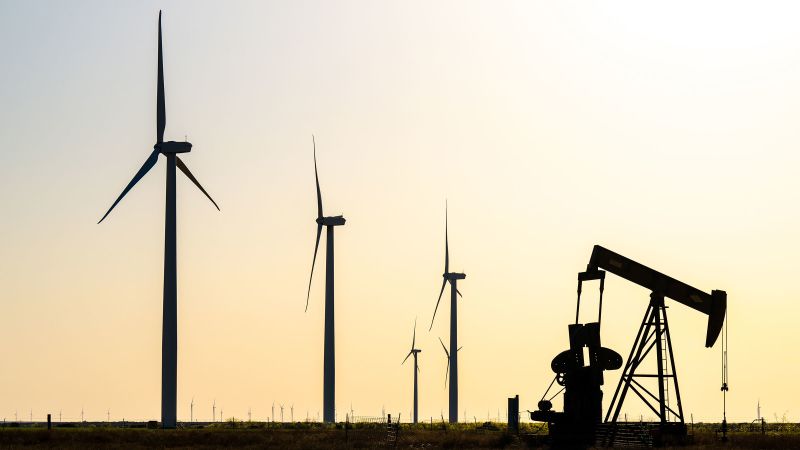
United States oil production is expected to decline in 2026 for the first time since the height of the Covid-19 pandemic, signaling a notable shift in the domestic energy landscape. The projected decrease marks just the second annual drop in oil output over the past ten years, underscoring the emerging challenges faced by the American oil industry.
Industry analysts attribute the forecasted reduction to two primary factors: sluggish global demand and declining crude oil prices. As economic growth levels off and alternative energy sources continue gaining traction, demand for oil has softened. Simultaneously, an oversupply in international markets has contributed to sustained downward pressure on prices, making investment in new drilling operations less attractive.
This development may affect broader economic and geopolitical dynamics. The United States has been one of the world’s leading oil producers, and steady production growth had bolstered energy independence and contributed to global supply stability. A slowdown in domestic output could impact global supply chains and influence oil markets worldwide.
While the decline in 2026 is not expected to be as sharp as during the 2020 pandemic-induced collapse, it signals a potentially broader adjustment within the industry. Energy companies may respond by tightening capital spending, focusing on efficiency, and reevaluating large-scale exploration plans.
The long-term trajectory of US oil production will likely depend on evolving demand patterns, international market conditions, and national energy policy priorities, particularly as the transition toward renewable energy continues.
Further detailed projections from the US Energy Information Administration are anticipated later this year, which may provide more insights into the structural changes in domestic oil production.
Source: https:// – Courtesy of the original publisher.








